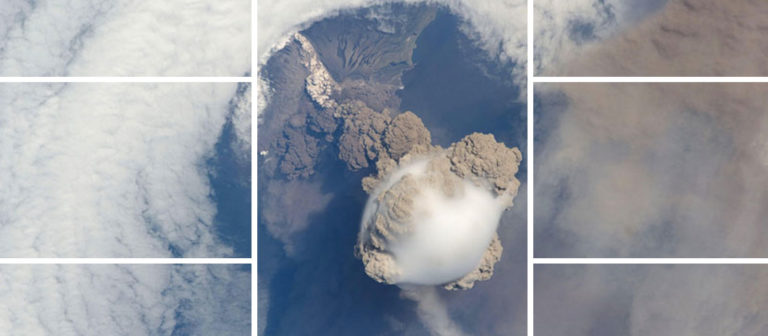A volcano is an opening, or rupture, in a planet’s surface or crust, which allows hot magma, volcanic ash and gases to escape from the magma chamber below the surface.
They are generally found where tectonic plates are diverging or converging. A mid-oceanic ridge, for example the Mid-Atlantic Ridge, has examples of volcanoes caused by divergent tectonic plates pulling apart; the Pacific Ring of Fire has examples of volcanoes caused by convergent tectonic plates coming together. Volcanoes can also form where there is stretching and thinning of the Earth’s crust in the interiors of plates.
There is no consensus among volcanologists on how to define an “active” volcano. The lifespan of a volcano can vary from months to several million years, making such a distinction sometimes meaningless when compared to the lifespans of humans or even civilizations.
Scientists usually consider a volcano to be erupting or likely to erupt if it is currently erupting, or showing signs of unrest such as unusual earthquake activity or significant new gas emissions. Most scientists consider a volcano active if it has erupted in the last 10,000 years (Holocene times). There are about 1500 active volcanoes in the world – the majority along the Pacific Ring of Fire – and around 50 of these erupt each year. An estimated 500 million people live near active volcanoes. [Source]
In the gallery below we look at a selection of Earth’s volcanoes from above. These stunning images were captured from various satellites as well as crew members aboard the International Space Station (ISS). The views from space offer a unique perspective of one of nature’s most awesome and terrifying events.
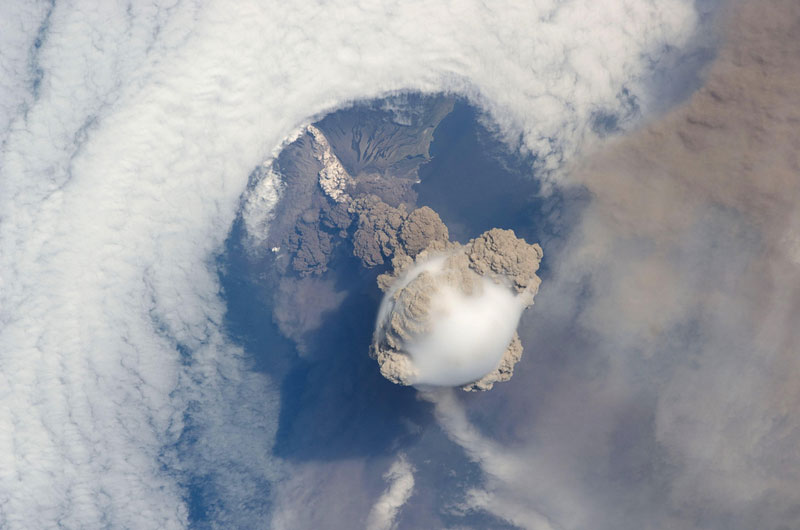
Photograph by NASA
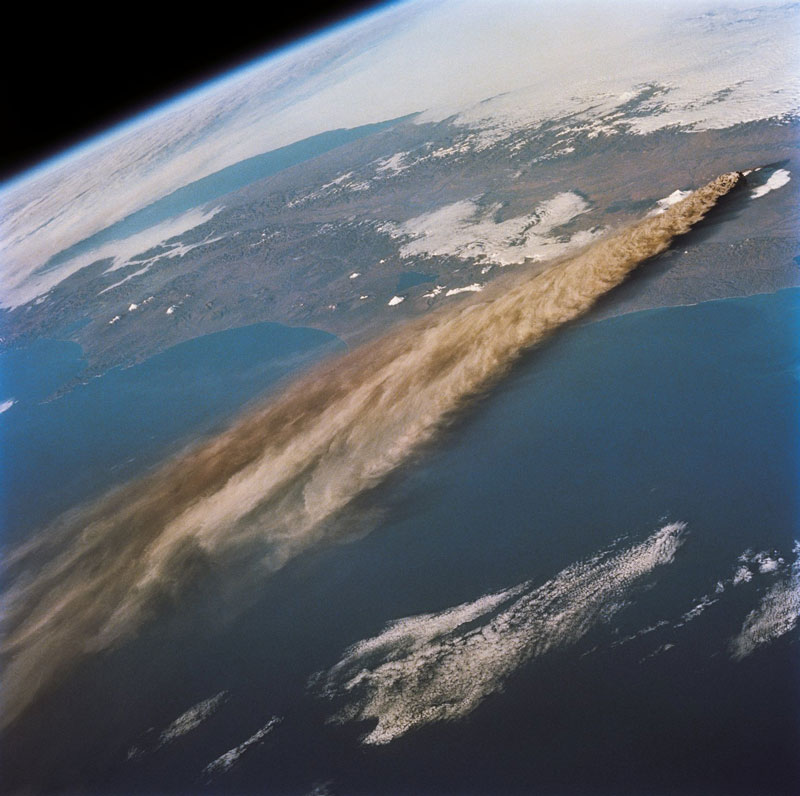
Photograph by NASA
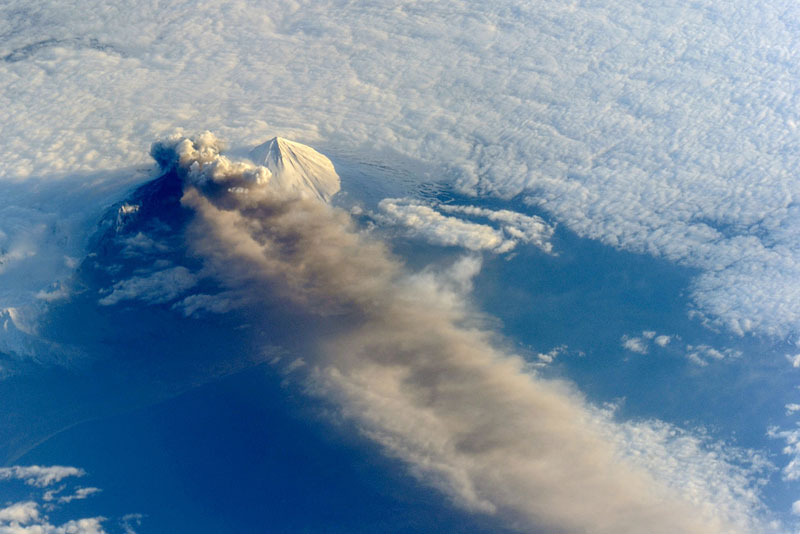
Photograph by NASA/ISS Crew Earth Observations
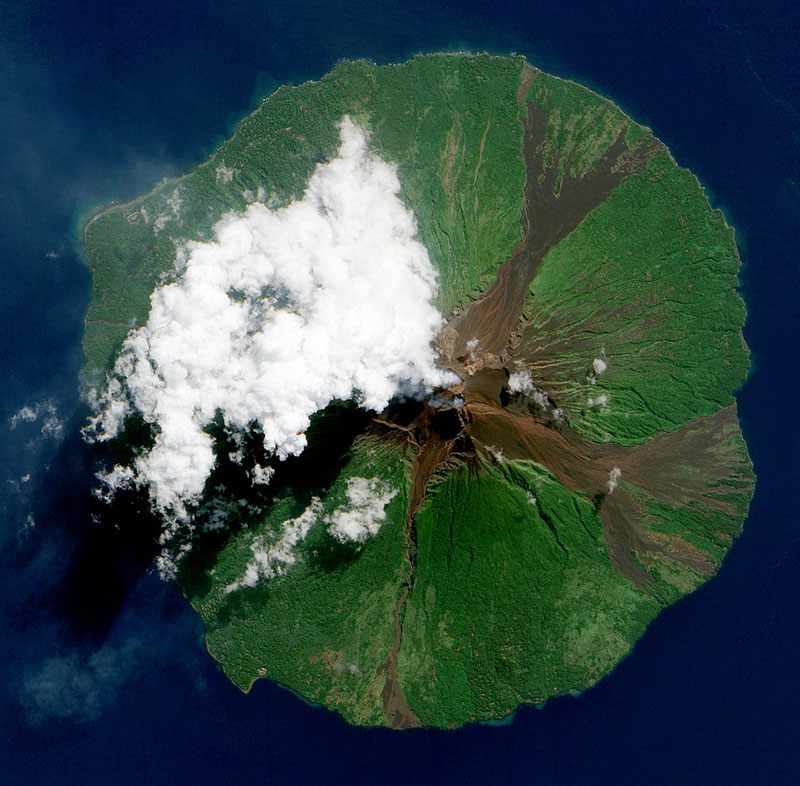
Photograph by NASA/Jesse Allen
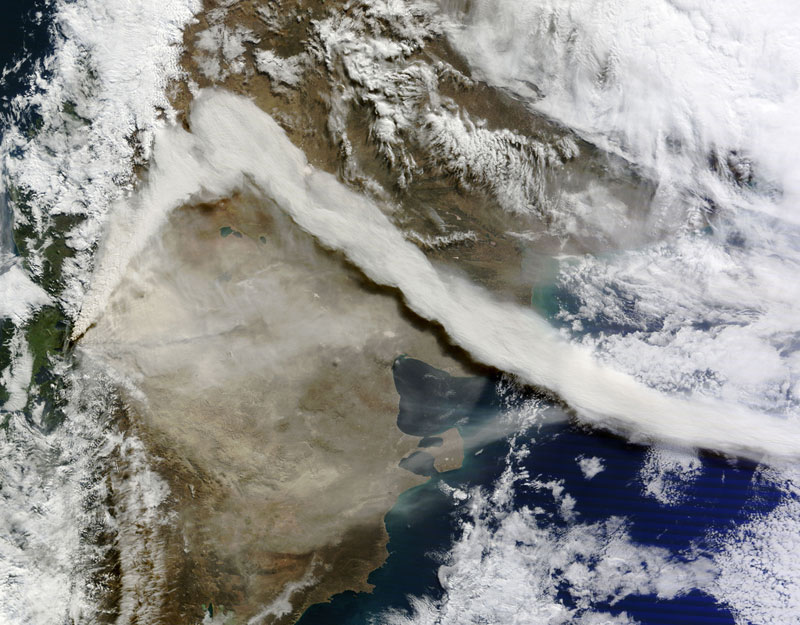
Photograph by NASA/GSFC/Jeff Schmaltz/MODIS Land Rapid Response Team
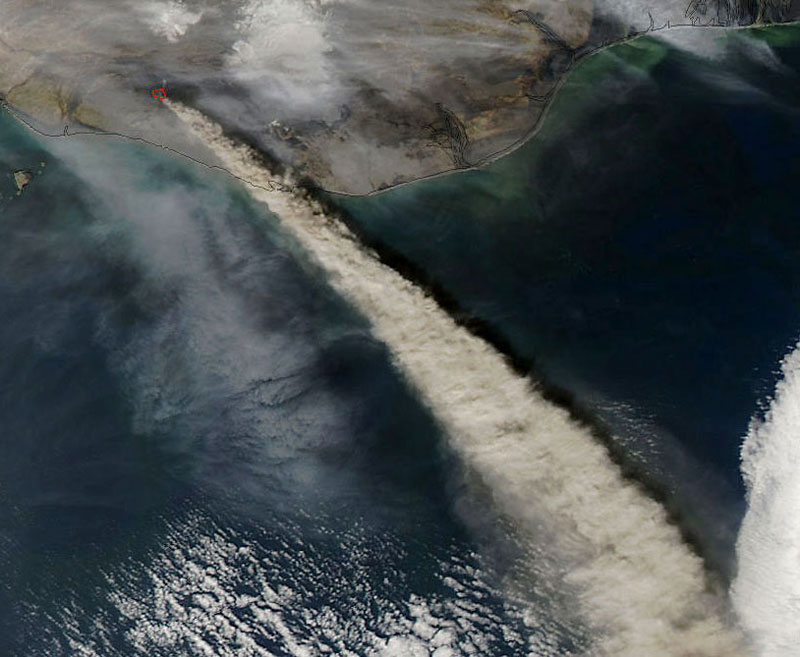
Photograph by NASA/GSFC/Jeff Schmaltz/MODIS Land Rapid Response Team
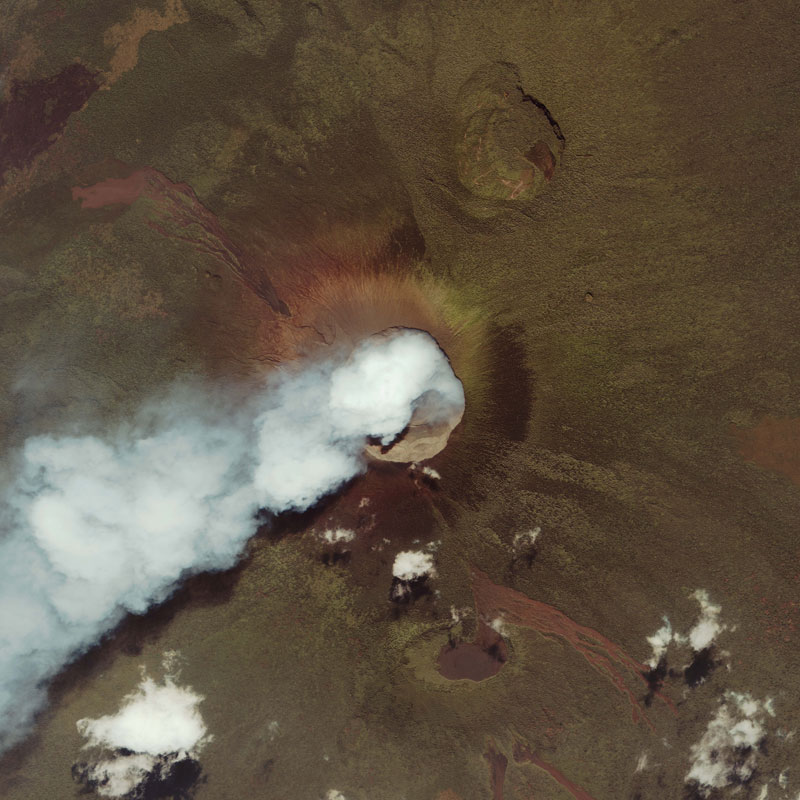
Photograph by NASA
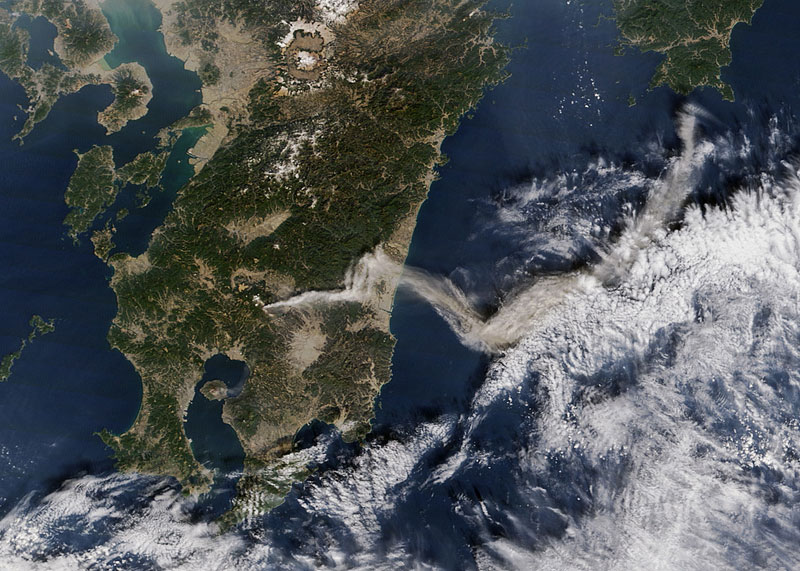
Photograph by NASA/Jeff Schmaltz/MODIS Rapid Response Team
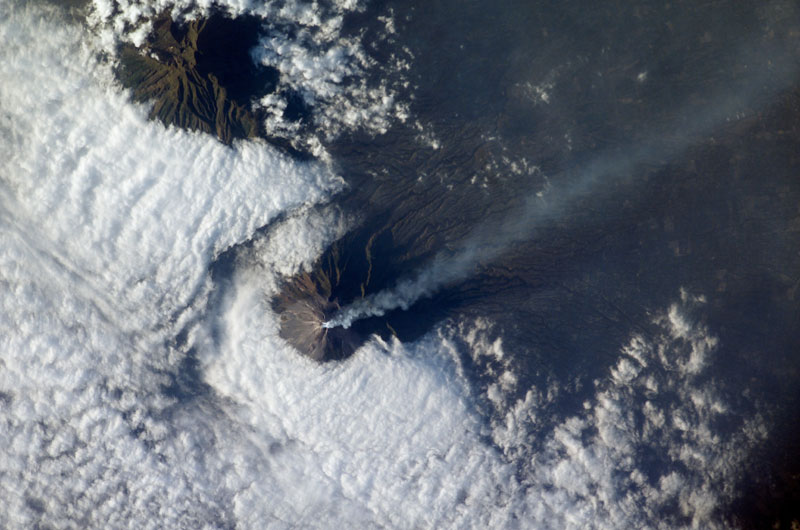
Photograph by NASA
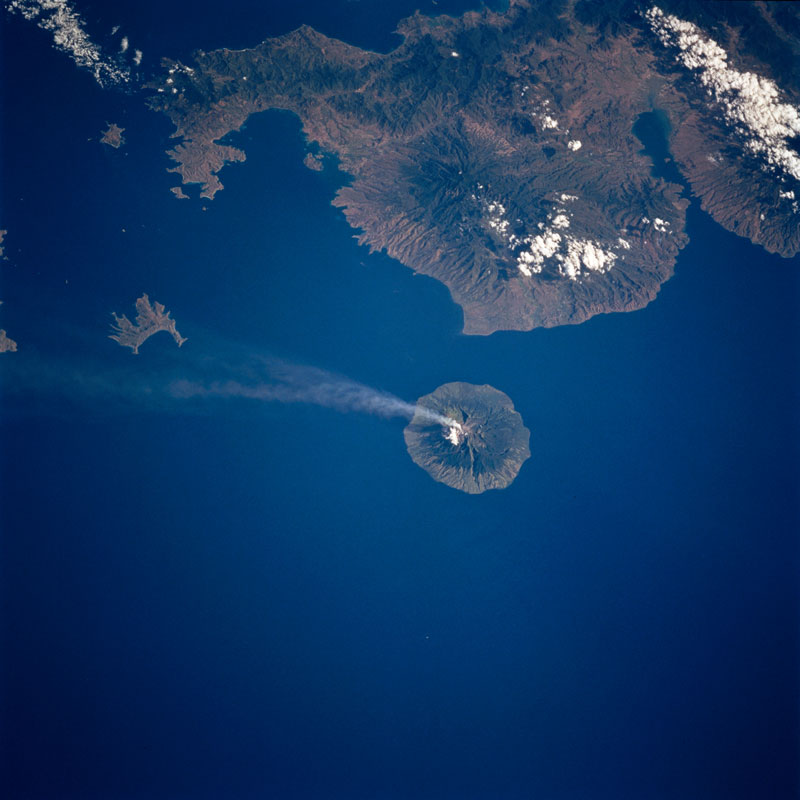
Photograph by NASA
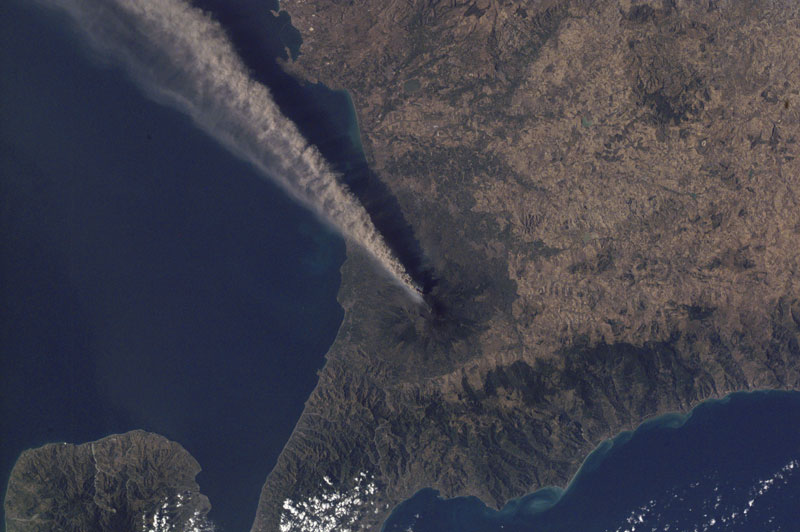
Photograph by NASA
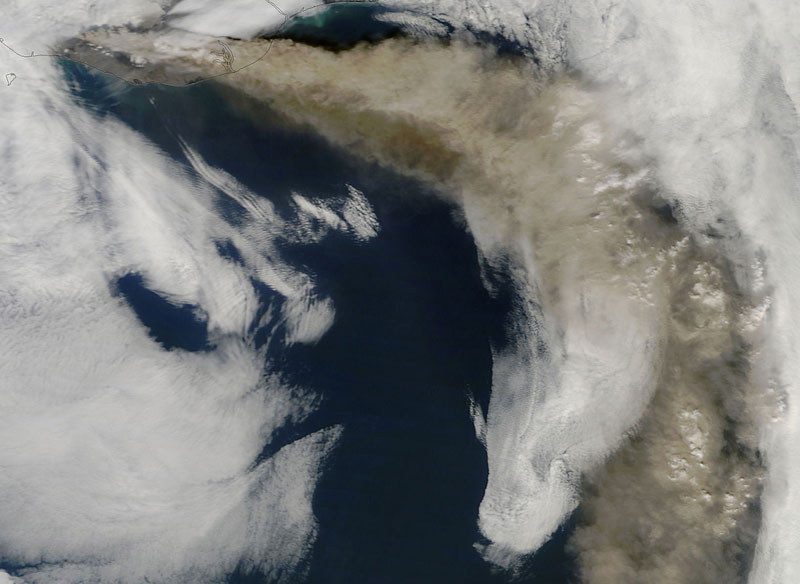
Photograph by NASA/GSFC/Jeff Schmaltz/MODIS Land Rapid Response Team
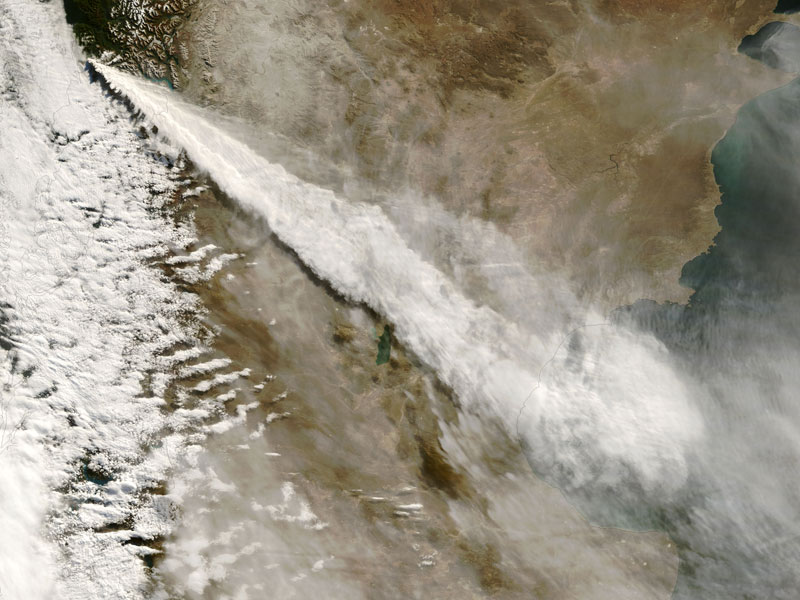
Photograph by NASA
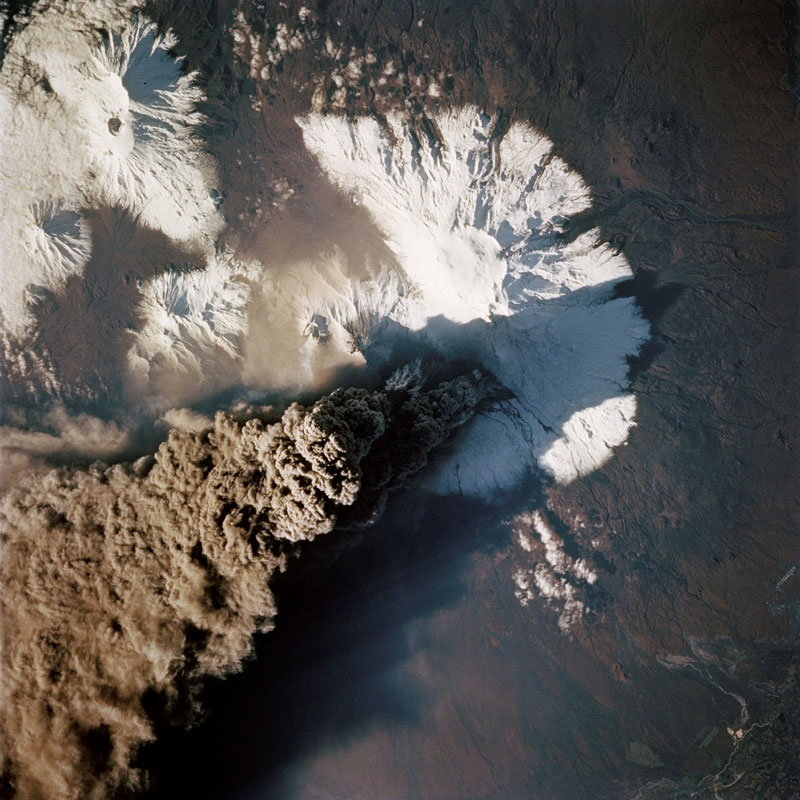
Photograph by NASA
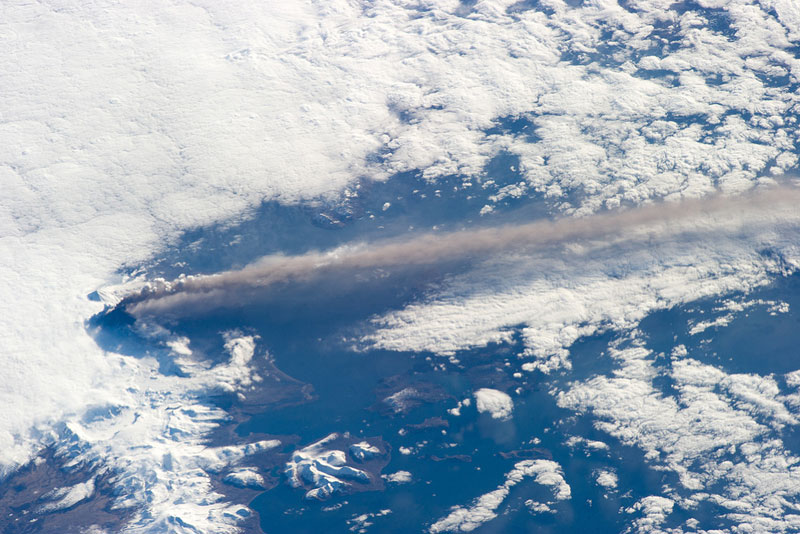
Photograph by NASA/ISS Crew Earth Observations




